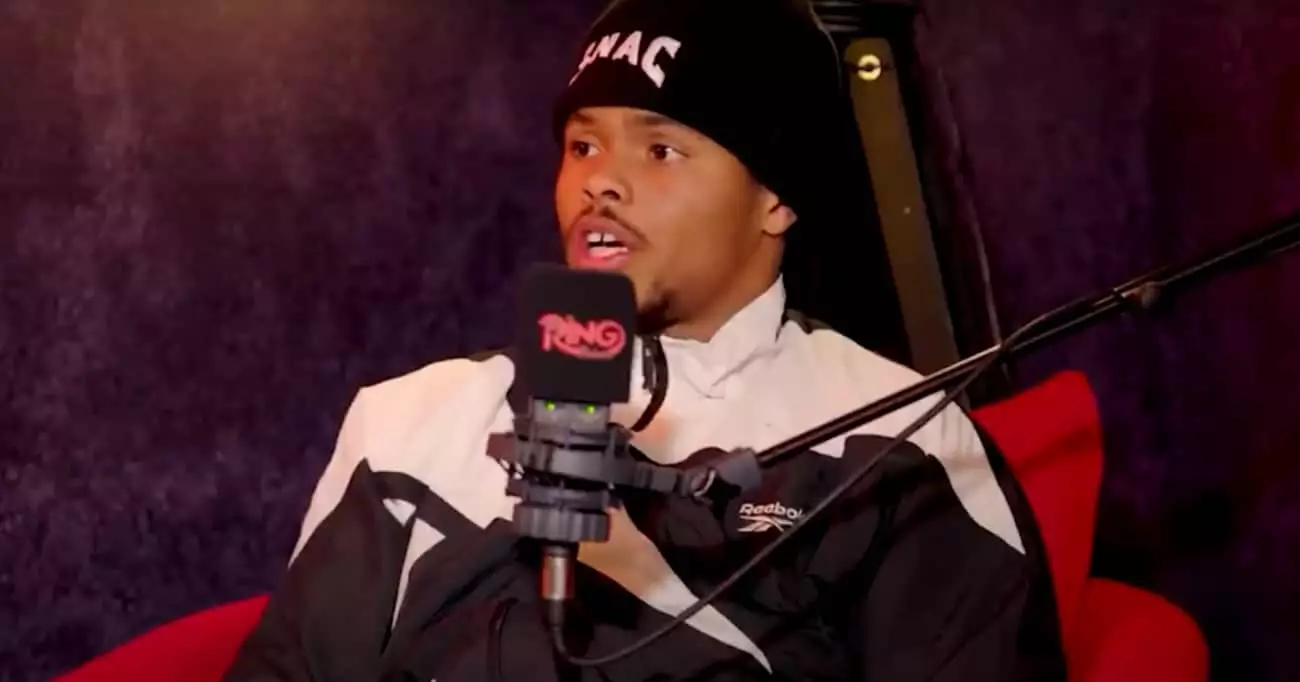In the complex world of boxing, talent and strategy often eclipse raw physicality. The recent prediction that Terence Crawford would triumph over Canelo Alvarez challenges the traditional emphasis on sheer weight and punch power. This stance highlights a fundamental truth: boxing mastery hinges on adaptability, ring IQ, and tactical finesse. Canelo, despite his impressive record and knockout punch, struggles against fighters with southpaw origins and unorthodox styles. Watching his fight against John Ryder revealed vulnerabilities that many insiders had suspected. Ryder exploited Canelo’s orthodox stance, forcing him into positions that compromised his offensive rhythm. For Crawford—a southpaw switch-hitter—these patterns are familiar turf, and his ability to switch stances only adds tactical depth. In essence, Crawford’s style is a puzzle Canelo may find difficult to solve, especially at the higher weight class where power becomes a more significant factor.
Physical Disparities and Their Impact on the Dream Match
Size matters in boxing, but not as much as skill and strategic intelligence—yet, the reality remains that Crawford’s move to 154 pounds introduced new challenges. Against Israil Madrimov, his debut at this division exposed cracks in his armor, illustrating that even the most talented fighters are susceptible to the increased power and durability of bigger opponents. Critics argue that Crawford’s decision not to take a tune-up fight at super middleweight before facing Canelo was a miscalculation rooted in bravado or inexperience. The power differential at 168 pounds is substantial, and Crawford’s lack of exposure to elite punchers at this weight could be his downfall. It is often underestimated how much physical attributes—reach, punch resistance, endurance—shape a fight. But in Crawford’s case, his technical prowess might offset these disadvantages, particularly if he can impose his will early and force Canelo out of his comfort zone.
The Strategic Advantage of Southpaw Style in Modern Boxing
Shakur Stevenson’s keen insight into Canelo’s struggles with southpaws underscores a nuanced tactical advantage for Crawford. Southpaws traditionally pose a unique challenge for orthodox fighters, disrupt their timing, and force them into uncomfortable defensive postures. With Crawford’s experience and versatility, he could leverage this aspect to keep Canelo guessing. Stevenson’s affirmation that Crawford’s style makes him a real threat demonstrates that boxing’s future might hinge on deeper awareness of matchup dynamics rather than brute strength. Every encounter between styles involves a game of chess, and Crawford’s switch-hitting ability provides him with multiple options to adapt mid-fight. If he maintains his southpaw stance consistently, he could exploit Canelo’s positioning errors and land cleaner, more effective shots. Conversely, if he switches back to orthodox, the fight could become more traditional but less advantageous—highlighting that the mental game and strategic persistence will define this potential blockbuster.
Reinventing the Narrative, One Fight at a Time
The ongoing debate about Crawford’s greatness and his chances against Canelo illustrates the fluidity of boxing’s narrative. Critics might point to recent performances and question whether Crawford remains at his peak after his move up to 154. However, this contest represents an opportunity for him to cement his legacy—an audition for the true pound-for-pound throne. The fight’s outcome could redefine perceptions, challenging the myth that size alone determines the victor. Crawford’s potential to outthink and outmaneuver Canelo could signify a new chapter where strategic intelligence is celebrated above brute force. For fans and analysts alike, this clash is less about physicality and more about the chess match that unfolds inside the ring. In a sport that champions resilience, adaptability, and strategic mastery, Crawford’s style embodies a blueprint for fighting smarter, not just harder.
Note: This analysis critically explores the tactical, physical, and strategic dimensions influencing the upcoming fight between Terence Crawford and Canelo Alvarez. It underscores that boxing’s true artistry is often found in the subtleties—styles, angles, and mental toughness—rather than mere physical overpower.


Leave a Reply